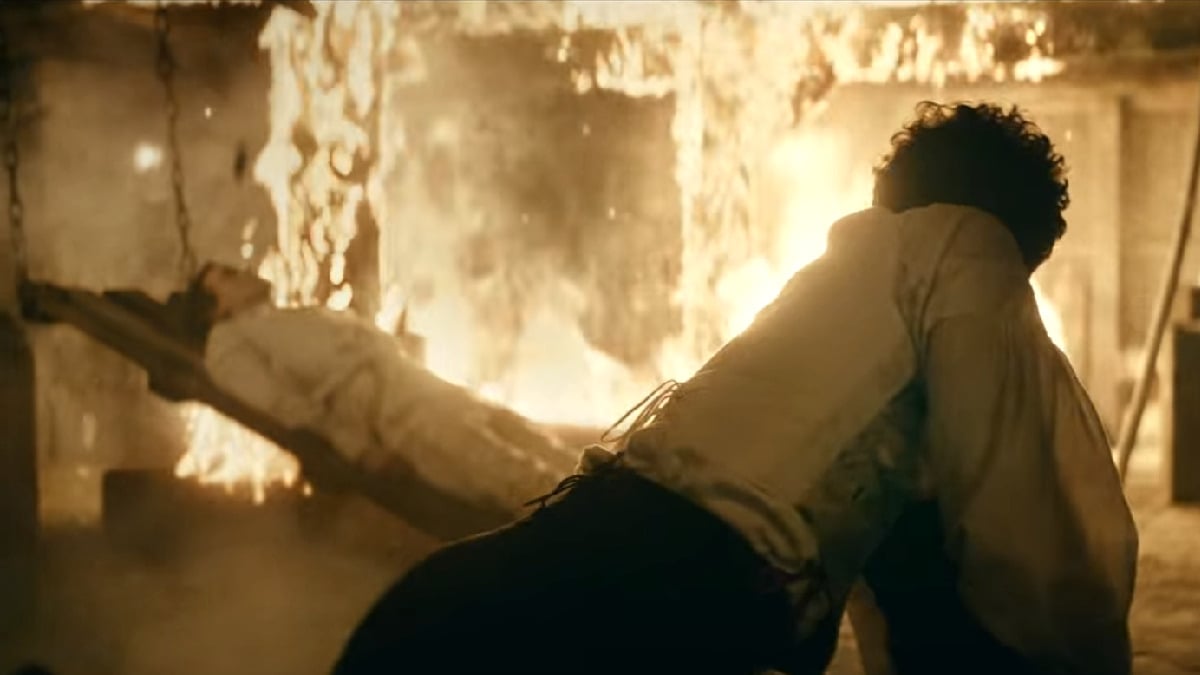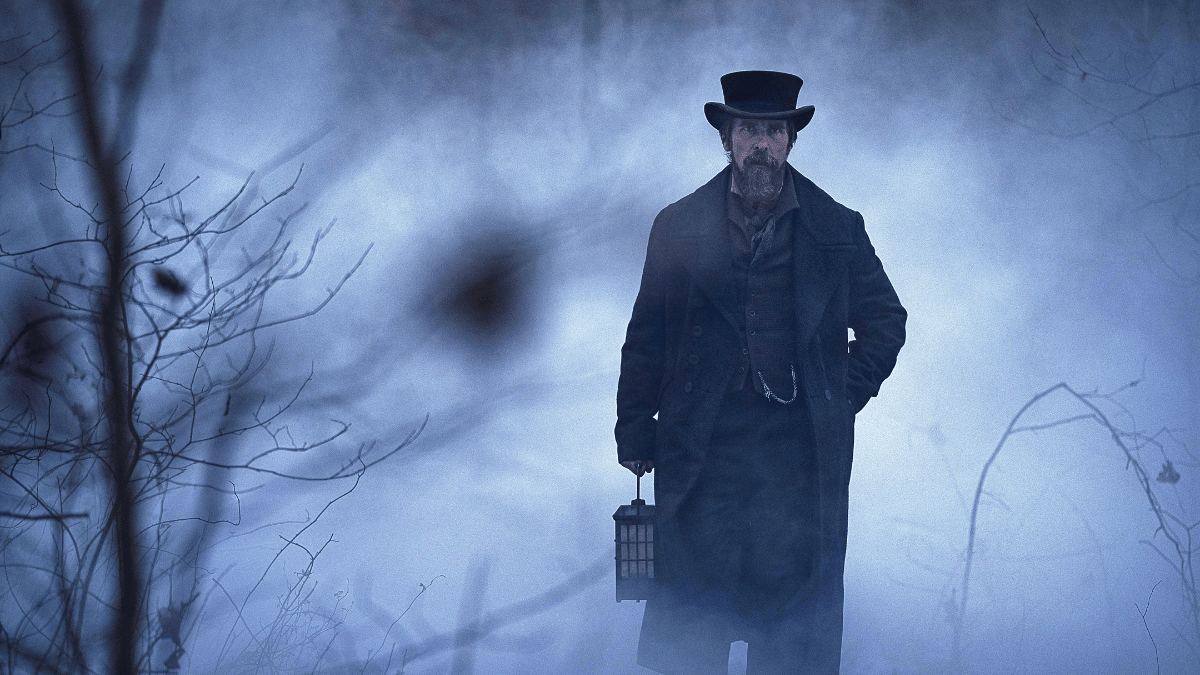Warning: The following article contains spoilers for The Pale Blue Eye.
Netflix has been releasing many high-profile movies lately. If you have managed not to go on Netflix in the past week, you might have missed the addition of a new movie, The Pale Blue Eye. Directed by Scott Cooper, the film was released on Jan. 6, although it did have a small theatrical release in the weeks prior to landing on Netflix. It was based on the novel of the same name which was written by Louis Bayard and published in 2003.
The Pale Blue Eye stars award-winning actor Christian Bale as retired detective Augustus Landor. Along with Edgar Allan Poe (Harry Melling), they investigate a series of killings. The story is a mystery thriller, one that seems reminiscent of other films Bale has starred in, specifically, The Prestige. At first glance, the mystery has somewhat of a supernatural element, as the bodies have had their hearts cut out. The film also stars Simon McBurney, Timothy Spall, Toby Jones, Harry Lawtey, Fred Hechinger, Joey Brooks, Charlotte Gainsbourg, Lucy Boynton, Robert Duvall, and Gillian Anderson.
While it received a mixed critical reception, scoring a 66 percent on Rotten Tomatoes, the movie still managed to rise on the Netflix charts, taking the top spot in over 50 countries. However, the 72 percent audience score on Rotten Tomatoes does not necessarily suggest that audiences loved what they watched. You might be sitting through the film, which runs for just over two hours, and wondering whether the film contains any added scenes. Let’s take a look at the end of The Pale Blue Eye and let you know if it is worth skipping past the end credits.
Is there a post-credits scene in The Pale Blue Eye?

If you managed to agree with the critics, then you are in luck; there is nothing past the end of the credits of The Pale Blue Eye. The movie wraps up nicely, revealing exactly what happened to Landor’s daughter and how she was connected to the plot of the film. It ends with a large twist, one that is big enough to hang onto, with absolutely no loose ends to tie up with an additional scene. If there would have been a post-credits scene, it might have ruined the movie’s conclusion.
Instead, what happens is that Landor and Poe uncover the secret that the Marquis family was harvesting human hearts to perform rituals in order to cure Lea Marquis (Lucy Boynton) of her illness. Poe realizes that one of the clues, a handwritten letter to one of the victims, was actually written by Landor himself, implicating him in the murder.

Poe wraps up the case in a Holmesian way, confronting Landor, even though he knows that there is nothing he can do to convince people that Landor committed the murders and that the Marquis family only found the hearts. Throughout the entire film, Landor is vague about what happened to his daughter. By the final act, we discover that she committed suicide after being raped by those Landor had killed. Right before the credits roll, he journeys to the edge of the cliffside where his daughter died, letting go of her ribbon, and allowing it to drift away.
There is no post-credits scene where the heart-sacrificing family turns into zombies, nor does Poe transform into a giant raven or put his pen to paper and scribble The Tell-Tale Heart. Instead, we do not know if Poe and Landor ever meet again or if the Marquis family ever found out that Landor was really behind the killings. Sometimes, leaving a movie with an ending as poignant as that of The Pale Blue Eye is the best way to go. In this case, it seems to have been the right move.
You can catch The Pale Blue Eye while it is streaming on Netflix now.

